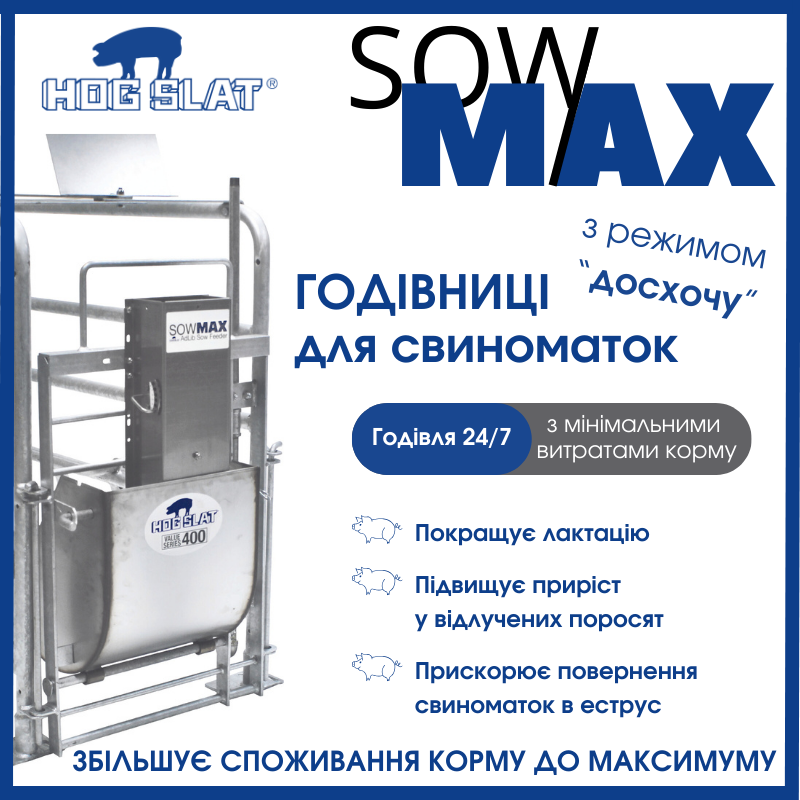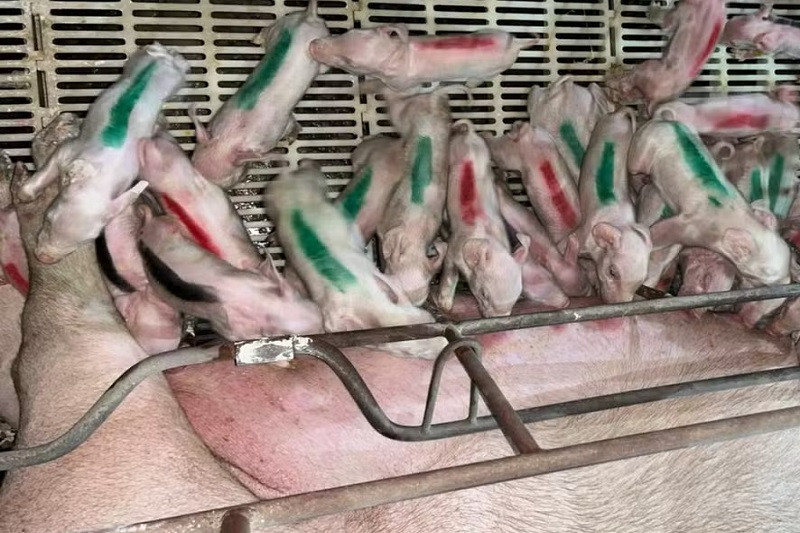The property belongs to Gilda de Oliveira Santos Silva, a pig farmer integrated into Pif Paf Alimentos. The company is now considering submitting the record for recognition by the Guinness Book of World Records, whose current best mark is 37 total piglets born in 1993.
‘Continuous genetic improvement’
According to Airton Martins, executive manager at Pif Paf, this extraordinary event results from continuous genetic improvement, proper nutrition, and efficient management. “Such results can only be achieved through excellent genetic quality, adequate nutrition, and careful management, with special attention from the field team in handling the animals. While these factors do not guarantee success, they provide the best conditions for animals to express their full reproductive potential.”
Martins also mentioned the company’s history of improvement, citing previous records at Granja Dourados in Patrocínio, Minas Gerais, where 2 sows gave birth to 38 piglets in 2023 and 2024.
Super sows
In March 2023, another super sow gave birth to 41 piglets in a single litter in Faxinal dos Guedes, Santa Catarina. This number is far above the Brazilian commercial farm average of 12 to 13 piglets per litter.
At the time, Embrapa Swine and Poultry researcher Osmar Dalla Costa stated that he did not recall another case with such numbers in 37 years of experience in pig farming. For comparison, a high-performance sow usually produces around 36 piglets annually with an average of 2.4 litters. “This is a rare phenomenon, which can only be explained by a combination of factors, such as hyperovulation of the sow, high-quality semen, favourable environmental conditions, and optimal nutrition,” he noted.
Other cases of hyperprolific sows have been recorded in Brazil, such as:
- April 2020: A sow gave birth to 36 piglets in Saudades, Santa Catarina.
- July 2020: A sow gave birth to 34 piglets in Herciliópolis, Santa Catarina
Animal Welfare
A typical breeding sow has seven pairs of teats, and genetic advancements have resulted in some sows having eight pairs. However, 14 to 16 teats are still too low to feed 45 piglets. Despite being a fascinating occurrence, litter with an extremely high number of piglets are not always as profitable as one might expect.
While they indicate strong reproductive potential, the survival and development of such small piglets are often compromised, affecting zootechnical and productivity indices.
Gisele Dela Ricci, Animal Welfare specialist at Pif Paf, emphasises that the company is committed to ensuring the health, comfort, and safety of the animals throughout the production process. “We work to guarantee the health, comfort, and safety of our animals. This includes training, daily monitoring, and a commitment to continuous improvement. Every stage of the process is guided by principles aimed at more ethical and efficient practices,” she explained.
The standard procedure in this case is to use foster sows and rotate feeding shifts among the piglets. “Due to the large number of live births, the piglets are usually raquitic, and many may not survive,” she explained.
www.pigprogress.net



